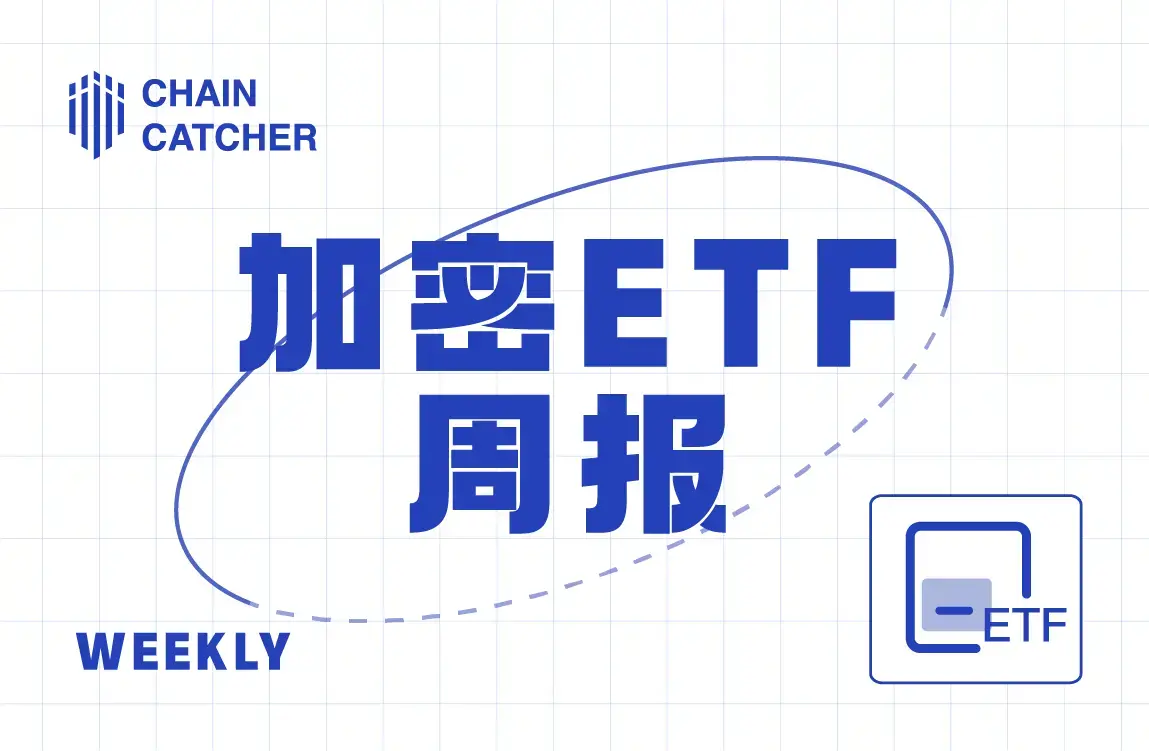比特币跌破9万美元散户恐慌、以太坊被持续FUD、微策略继续加仓2.43亿美元比特币

文章来源:话李话外
昨天(1月13日)晚上不知道又有多少人无眠,比特币最低插到了 8.9 万美元附近,似乎也跌破了不少人的短期心理位置。如下图所示。
不过很快就出现了比较强劲的反弹,截止撰写本文时,比特币价格重新恢复到了 9.5 万美元附近,一晚上 6000 美元的震荡幅度,已经有超过 2 亿美金的资金爆仓。如下图所示。
相比较于比特币,以太坊的情况似乎更糟糕,一度跌破了 3000 美元的位置,最低插到了 2900 美元附件,反弹有些无力。如下图所示。
随着市场的新一轮震荡,我发现从昨天到现在,不少伙伴更多的也是在 FUD 以太坊,可能,ETH 到目前为止的表现,确实让不少伙伴失望了吧。而且挺长一段时期以来,针对以太坊的负面消息其实还是比较多的,比如 V 神和以太坊基金会对 ETH 的抛售(虽然抛售的量不大,但由此带来的负面情绪不少)、以太坊生态没有创新或者创新乏力、等等。
不过就我自己而言,我个人还是依然看好以太坊的,远了不说,毕竟 ETH 也是除 BTC 外目前为止唯一通过现货 ETF 的币种,也许,我们还需要继续对以太坊留有一点点耐心吧。
而比较巧的是,也就是在 1 月 13 日,MicroStrategy(微策略)再次以 2.43 亿美元的资金加仓购买了 2,530 枚比特币,平均的买入价格为 95,972 美元。这也让目前微策略的比特币总持仓数量上升至了 45 万枚、这些比特币的买入均价为 62 661.78 美元。如下图所示。
一边是散户恐慌性卖出,一边是机构持续积累买入,两者形成了比较鲜明的对比。
综合就最近几天的市场行情来看,压力似乎更多是来自于宏观经济因素的影响,比如:
- DXY 正在上涨(昨天最高涨到了 110 附近)
- 美债收益率正在上升(10年期美债收益率已经接近 5% 的关口)
- 美国失业率正在下降
- 美国 CPI 正在增长
- 等等……
而所有的这些宏观信号似乎正在促使一些资金(投资者)转向避险模式,由此导致金融市场(包括加密市场)出现比较大的震荡也是可以理解的。
但现在还有一个比较关键的时间点,那就是川普很快就要上台了(就职典礼将于美东时间1月20日举行),因此有人就会有一种新的猜测,本周一市场的震荡(美股开盘时)会不会是有人在背后进行着一些操纵?
具体操纵的大致剧本是:
在川普上台之前,先对市场进行一些必要的纠正,避免市场在川普就职典礼期间出现太大的波动,简单来说就是,如果市场是因为川普的就职典礼预期产生上涨,但在正式就职后市场随即下跌,这样的结果是不利于局势稳定的。
但如果反过来,在川普正式就职之前先让市场调整到位,随着川普的正式上任,金融市场接着出现一轮看起来比较不错的上涨行情,这样既能增加人们对川普的信任,还能有利于局势的稳定。
当然,上面这个只是别人设想的剧本而已,这里我们只是拿来猜测和意淫一下。
在话李话外的上一篇文章(1月13日)中,我们主要是讨论了牛市逃顶的话题,并且分享了如何设计出属于自己的逃顶指标的方法,这里还是文章的那个观点:我们要尽量去形成和建立自己的交易系统,不要总是被消息和情绪面所左右,且交易是需要考虑周期的,如果你的目标是未来 10 年或 20 年,那么现在的比特币,你什么时候买都不贵。
聊完了基本行情,接下来我们继续再聊聊现在每天都在被大家 FUD 的以太坊吧。
记得在话李话外之前关于以太坊话题的相关文章中,我们曾提到,资金的流入、鲸鱼的持续积累、ETH 质押等这些最直接因素会共同支撑着 ETH 价格的前景。那么接下来,我们就继续按照这个逻辑挑选其中的几个维度展开来看一下:
首先,我们看一下 ETH ETF 这几天的资金流入/流出情况,从上周(1月7日)开始,ETH ETF 就开始了连续的资金流出,这个从情绪面来讲,肯定是不太利好以太坊价格表现的。如下图所示。
其次,我们看一下 K 线的走势上面,目前价格最低已经接近了 0.382 附近,周线的 MACD 已经开始出现交叉,短期内大概率还是会以震荡为主。如下图所示。
再次,我们看一下交易所的 ETH 余额情况,从链上数据来看,目前存放在交易平台上的 ETH 数量重新进入阶段性下降(减少)阶段,这似乎(可能)也反映了一些资金对接下来以太坊的乐观看法和信心。如下图所示。
简而言之,在目前这个关键的位置和时间点,对以太坊似乎有比较明显的两派:一派是继续坚持看好以太坊后面的表现,认为这个位置是一个继续加仓的机会。一派则认为以太坊本轮牛市彻底完犊子了,尽早清仓以太坊比较好。
至于你会怎么看怎么选择,这个我们不管、更不会提供任何交易层面的具体建议,但如果你经常看话李话外的文章,那么应该会知道我们的答案。
另外,就基本面情况来看,其实以太坊目前仍然是 DeF 生态的中坚力量,占据了 TVL 的 82% 左右。如下图所示。
不过,当前以太坊在 Daily Active Addresses(日活跃地址数)、Daily Transactions(日交易数)、Dex Volumes(DEX成交量)等方面确实也是明显落后于 Solana、Sui 等生态。如下图所示。
而且之前以太坊升级后很多人预期的通缩效应,目前看起来效应似乎也并不明显。如下图所示。与此同时,随着 L2 的越来越普及,人们也在担心以太坊会慢慢陷入一种生态依然繁荣但代币的实现价值在持续降低的困境。
但也不可否认的是,目前 ETH 依然是仅次于 BTC 的存在,未来只要以太坊能够在 L2 的扩展和其他叙事浪潮中找到新的平衡点,那么价格自然也就不是什么问题,让子弹多飞一会儿吧。
或者我再说直白一点,本轮牛市 ETH 的价格大概率不会止步于 4000 美元附近位置,这里直接套用我们之前文章中的一句话:作为一个不存在解锁和矿工抛压的币种、一个依然是山寨之王的币种、一个依然是最大加密生态系统的币种、一个除 BTC 外唯一通过 ETF 的币种……我们可能需要对它继续保持一些耐心。









